Text
Reading the Canon of World Literature
Chapter 19; The Adventures of Huckleberry Finn by Mark TwainJune 25th, 2015This book counts 366 pages and was first published in 1884 in the UK and a year later in the US. It played mainly along the Mississippi River into a pre-civil war society that already 20 years ceased to exist by the time the book was published. It was often criticized for the use of the colorful slang language of that…

View On WordPress
0 notes
Text
A Synopsis of US literature: Science Fiction
An answer to Pynchon’s question “What comes now?” is heavily explored by an often-neglected facet of US literature; science fiction, a genre that contemplates possible futures. Because science fiction spans the spectrum from the plausible to the fanciful, its relationship with science has been both nurturing and contentious. HG Wells who, by most critics, is considered the US pioneer of the…
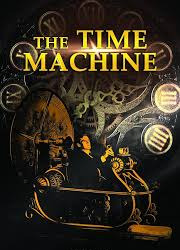
View On WordPress
0 notes
Text
A Synopsis of US literature: 1960 - 1980.
The 1960s, a period often called the “Sixties” or the “Swinging Sixties,” were characterized by significant social, political, and cultural shifts. Key themes included the fight for civil rights, the Vietnam War, the rise of the counterculture, the sexual revolution, and the beginning of the feminist movement. The decade witnessed both optimism and upheaval, with progress in areas like civil…

View On WordPress
0 notes
Text
Synopsis of US literature: 1930 - 1960
In the early thirties, the first reaction to the depression was a literature of social protest. The failure of the American dream became the main theme in Jewish-American literature. The novel “Call it Sleep” mixes Marxism and Freudian theory, Jewish mythology and a stream of consciousness writing style. Farrell writes more about spiritual poverty then about economic poverty in “Young…

View On WordPress
0 notes
Text
A synopsis of US literature: 1910 - 1930.
On December 11th, 1910, the human character changed, and the modernist consciousness founded itself upon the inherent instability of the new relative worldviews. Suddenly humankind was lost in a relativistic universe where there are no more rules that can be transgressed, and nobody can be accused of abnormality. The Chinese pagoda became popular in European culture as the cathedral of a religion…
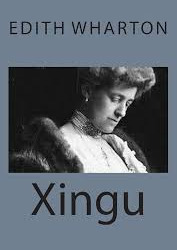
View On WordPress
0 notes
Text
A Synopsis of Us Literature: 1890 -1910.
In the 1890’s, many realists became naturalists, a term created by Emile Zola. For them realism was an ideology and the novel had the power to become a political weapon. Crane had the view that life and death are determined by fate. He wrote about a man who said to the Universe “Sir, I exist! ““However,” replied the Universe “The fact has not created in me a sense of obligation”.Thanks to modern…

View On WordPress
0 notes
Text
A sinsopsis of US literature: 1854 - 1890
European observers, who take a close look at the characteristics that they qualify as typical for white Americans, discover soon that they were originally attributes of the American Indian. The liberation from a social hierarchy and the idea that “all men are born equal” is also an American Indigenous invention that crossed the Atlantic Ocean and made old European feudal institutions crack at…

View On WordPress
0 notes
Text
A sinopsis of US literature: 1810 - 1854.
1810 – 1840 is known as the Knickerbockers’ Era of American literature. The name comes from “A History of New York” by Dietrich Knickerbocker, a pseudonym of Washington Irving. It was a humorous rather than a serious history of the city. He invented many of the events and legends he wrote about in the book. “The Sketch Book” (1819) contains two of the best loved stories from American literature,…
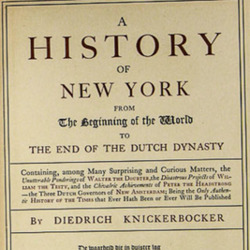
View On WordPress
1 note
·
View note
Text
A Brief Sinopsis of US literature: 1735 - 1810.
In the early days of independence, American novels served a useful purpose. They used realistic details to describe the reality of American life. But when some of the good American literature started to arise above the time and place where they were written; these works became universal. The oldest examples are the sketches and observations of Michel Guillaume Jean de Crèvecoeur (1735 – 1813),…

View On WordPress
0 notes
Text
Reading the Canon of World Literature
Chapter 18; Don Quixote by Miguel Cervantes.May, 20th, 2015.Summary.The main character got introduced as Alonso Quixano, a financially independent old man who spends all his time on reading tales about medieval knights ‘s slaughtering dragons and saving princesses.He became so obsessed with this subject that one day he puts on his bet grandfather’s harness, changes his name into Don Quixote and…
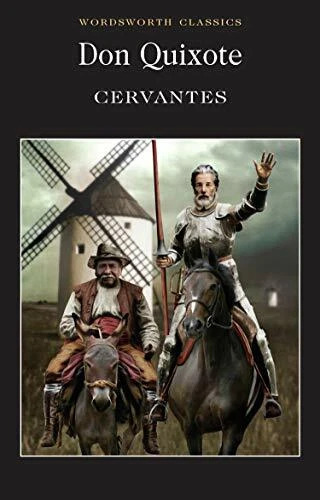
View On WordPress
0 notes
Text
Reading and Location: Dublin and Finnegans Wake.
In Finnegans Wake, James Joyce uses various representations of Dublin, including the double-n “nn” (total negation) and the Irish name Baile Atha Cliath (Town of the Ford of Hurdles). The city is also portrayed through “Errorland” and “Aaarlund,” shadow worlds intersecting with Earth’s Dublin. Joyce often draws parallels between Dublin and other cities, believing that the particular can reveal…
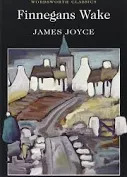
View On WordPress
1 note
·
View note
Text
Reading and location: Shantaram's Mumbai
Shantaram is another book that should be read while gathering impressions of a place. It is a 2003 novel by Gregory David Roberts, in which a convicted Australian bank robber and heroin addict escapes from Pentridge Prison and flees to India. The novel is commended by many for its vivid portrayal of life in Bombay in the 1980s and many of the places described in the book are still in full…

View On WordPress
0 notes
Text
Reading and Location.
I came to the realization that there are certain novels wherein the authors elevate their settings almost to the level of a protagonist. Most of them are big cities an if, by chance of whim, you possess a more intimate knowledge of their layout, history, and inhabitants, it increases manifold the reading experience. Even more when you reading them on the premises of the novel’s setting. One of…

View On WordPress
0 notes
Text
Unlocking Finnegans Wake: Free Plain English Version
I invite everyone who has been putting Finnegans Wake aside as an unreadable Moloch, to have a look at this transcription in plain English that you can download for free during the weekend (from Friday May 23, 2025, 12:00 AM PDT till Saturday May 24, 2025, 11:59 PM PDT ) of this version by following this link. You can watch a promotional video of the print version of this book by clicking on the…

View On WordPress
0 notes
Text
Reshuffling my Art and Finding my own Style.
I decided to pause the report of my quest into the canon of the world literature because there was a similar hiatus in my exploration process back then in 2015 that actually lasted till May 20th, 2015. Instead I’m going to expand a little bit upon how I’ve recently developed my own artist’s style or signature, which is the unique visual language that defines my work, making it instantly…
0 notes
Text
Reading the Canon of the World Literature April 19 - 22.
The Idiot by Fyodor Dostoevsky. 19-22 April 2015.Due to a glitch of the local internet that lasted for three days, I was confined to the books that I already downloaded. So after a small excursion to the early Indian literary space time continuum, I had to contend myself to be warped back into the 19th century of the Russian literature because it was the only book from my list of remaining books…
0 notes
Text
Reading the Canon of the World Literature April 16 - 18
The Ramayana Volume six; The Book of War.The Monkey army under command of Sugriva and Rama marched up to the shores of the Southern Sea where they find Vibishana, the brother of Ravana. When they brought him as a prisoner to Rama he explained that he got exiled because he spoke in favor of a honorable return of Sita to Rama. Rama made him one of his closest advisors and the monkey engineer Nala,…
0 notes